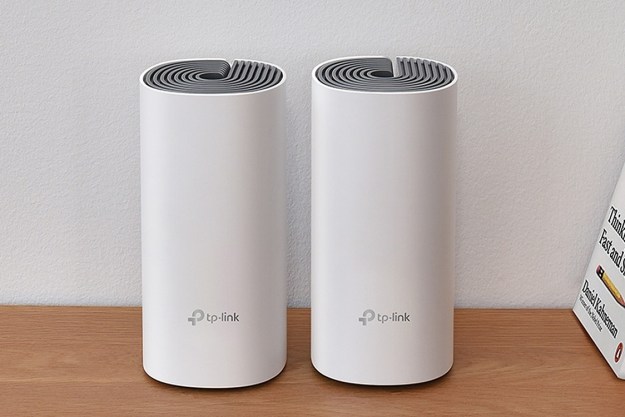LinkedIn likes to go at its own pace. In 2018, the social network for professionals finally got around to launching its own version of Snapchat’s Stories (not that it had to, of course) while in February it managed to knock together a live video tool, albeit in beta and by invitation only.
This week, three years after Facebook did something similar, LinkedIn has seen fit to add more reactions alongside its “like” button, giving you more ways to express how you feel about posts that turn up in your feed.
The new buttons include symbols for celebrate, love, insightful, and curious, and were shown off in a tweet on Thursday:
Sometimes it’s more than “Like”. New LinkedIn Reactions are here: https://t.co/ThrYEQSTrX pic.twitter.com/a1ybMORNBi
— LinkedIn (@LinkedIn) April 11, 2019
Each of the reactions pretty much does what they say on the tin, but in a blog post announcing the new feature, LinkedIn’s Cissy Chen gave a brief overview in an effort to avoid any confusion.
“You can use celebrate to praise an accomplishment or milestone like landing a new job or speaking at an event, or love to express deep resonance and support, like a conversation about work/life balance or the impact of mentorship,” Chen wrote. “Insightful can help you recognize a great point or interesting idea, while curious lets you show your desire to learn more or react to a thought-provoking topic.”
Chen said its decision to add the new reactions came as a result of community feedback, with users not only wanting more ways to express how they felt about posts in their feed, but also to have a little more insight into why someone liked one of their own posts.
And it sounds like the LinkedIn team did a fair amount of work to arrive at their chosen reactions. For starters, it searched for the most popular one- or two-word comments used on LinkedIn posts, and also conducted “global research” with LinkedIn members to ensure the symbols were useful and universally understood. Any designers out there who are interested in a more detailed explanation of how LinkedIn created its reactions can check out this article by its design team.
The new Reactions are beginning to roll out now and will be available globally in the coming months for the LinkedIn mobile app and on the web.
LinkedIn launched in 2003 and currently has around 610 million users in more than 200 countries.
Editors' Recommendations
- You can now try out all the new features in Safari for MacOS Monterey
- LinkedIn, Reddit discovered copying clipboard’s contents by iOS 14
- You can now buy Dell’s new slim-bezel, near-perfect 2020 XPS 13 laptop
- LinkedIn reportedly used by some nations to recruit spies
- Microsoft Edge can now read webpages to you with more natural-sounding voices

